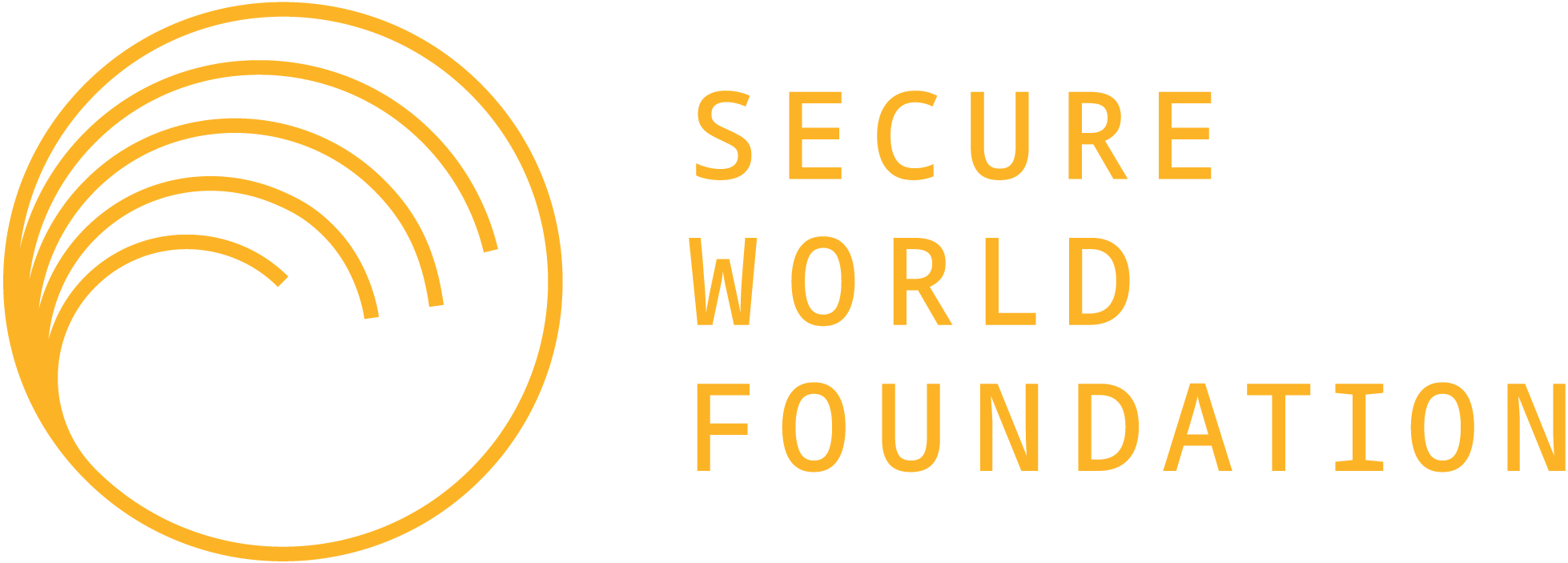Insight - Small Satellites and Space Situational Awareness
Thursday, September 1, 2016
By Brian Weeden, SWF Technical Advisor
The space world is currently experiencing rapid growth in new entrants and innovation. The growth and innovation are likely to lead to many new beneficial satellite applications, but there is some evidence they could have negative implications as well. An estimated 3,800 new satellites are projected to be launched between 2016 and 2020, which, if realized, would almost quadruple the population of active satellites from the 1,400 currently in orbit. Many of the projected new satellites are small satellites that will be launched into large constellations of hundreds or thousands, and some are even smaller cubesats that measure only 10 centimeters (4 inches) in size.
The growth in small satellites creates concerns for space situational awareness (SSA), which is our ability to characterize the space environment and carry out space activities in a safe and efficient manner. Cubesats pose difficulties for traditional ground-based sensor networks: their size is close to the lower limit for trackable size of most existing sensors, and individual cubesats can be hard to discriminate and identify when they are deployed in large numbers at the same time. Small satellites (typically thought to be those smaller than the size of an automatic dishwasher) are not necessarily a challenge to track, but constellations of hundreds to thousands of small satellites operating at the same altitude creates additional challenges. A recent European Space Agency (ESA) study estimated that just one large constellation of small satellites could increase the number of predicted close approaches (also known as conjunctions) by a factor of 70 compared to today. Another study estimated that the new population of Cubesats alone will generate millions of conjunction warnings each year.
Failing to address these challenges could have an impact on space activities. The U.S. military currently issues more than 20 “critical” conjunction warnings per day for the active satellites currently in orbit, and as a result more than 100 maneuvers are performed by satellite operators each year to minimize the probability of an on-orbit collision. The planned growth in the number of small satellites will create many more conjunction warnings that both SSA providers and satellite operators will need to assess. Although the vast majority of these warnings would not result in actual collisions, the increased workload could lead to missing warnings of real collisions, and being unable to take the appropriate actions.
To help address these issues, SWF is working to increase the dialogue between the small satellite and SSA communities. On Aug. 8, 2016, we held a side event at the 2016 SmallSat Conference in Logan, Utah, on small satellite operator best practices for SSA and conjunction assessment. The event brought together two experts from the SSA community, Dr. TS Kelso from the Space Data Center, and Ms. Diana McKissock from the Joint Space Operations Center (JSpOC), along with an expert in small satellite operations, Dr. Vivek Vittaldev from Planet. Together, the three speakers provided an overview of best practices for small satellite operators to determine spacecraft trajectories, provide data to the JSpOC to improve their ability to track and identify satellites, process conjunction warnings, and minimize the risks of potential collisions on orbit. The presentations were followed by an open discussion between the experts and the audience about next steps and areas of concern.
SWF plans to continue the discussion on small satellites and SSA in September at the 2016 Advanced Maui Optical and Space Surveillance (AMOS) Conference in Maui, Hawaii. SWF has been a sponsor of AMOS for the last few years, and as part of its sponsorship has organized a series of Maui AMOS Dialogue side events on specific topics, along with providing input to the Policy Forum panel discussions. Each AMOS Dialogue brings together a small, invite-only group of experts to discuss a specific topic in detail, such as dialogue between SSA providers and end users, collaboration between governmental and non-governmental SSA providers, and addressing gaps in space traffic management capabilities. The 2016 AMOS Dialogue in Maui will focus on SSA and small satellites, and identifying steps that both small satellite operators and SSA providers can take to improve detection, tracking, identification, and conjunction assessment for small satellites.
Taken together with other SWF initiatives, such as our upcoming Handbook for New Actors in Space, we hope this focus on small satellites and SSA will lead to improvements in the ability to characterize, assess, and mitigate on-orbit risks. By doing so, our goal is to improve the long-term sustainability of space so that the innovations and growth in space activities will yield many positive benefits for humanity into the future.

 Share
Share